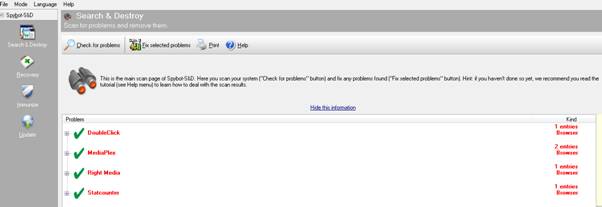Observations - case studies

The following is a of computer visualisation of consumer movements around an IKEA store:


Examining how people 'observe' online is much more difficult than observing physical human behaviour, but increasingly important as most firms now have an online presence. Market research organisations are developing more and more sophisticated ways of tracking consumers' online behaviours. Many consumer groups believe that much of this research is an unnecessary, and/or unacceptable intrusion, into consumers' private lives and there should be stricter controls on what is perceived as a breach of privacy. Certainly downloading tracking 'cookies' , as spyware, onto private computers is morally dubious, but a frequently performed activity.
Alternatively, it is possible to get customers to agree in advance to tracking behaviour, especially if a fee is involved. ACNielsen is a US global marketing research firm operating in more than 100 countries, which provides marketers with research data on the impact of their marketing and sales programmes. The company is well known for its Nielsen ratings, which measure television, radio and newspaper audiences in their respective media markets. In 1950s Neilsen began to attach recording devices to a statistical sample of about 1200 consumer television sets in the U.S, These devices recorded the channels and programmes viewed by the consumer and thus determine audience size. Later they developed electronic methods of data collection and transmission.
In 1996, ACNielsen set up a separate market research company called Nielsen Media Research (NMR), which has recently developed online tracking techniques to produce campaign ratings as explained in the following video, which you can also open in a separate window.

If you have not done so before, try downloading a spyware removal programme on your personal computer, such as Spybot - Search and Destroy, and run it to see if your computer is harbouring spyware - you may be surprised!

Examples of spyware found on a computer.